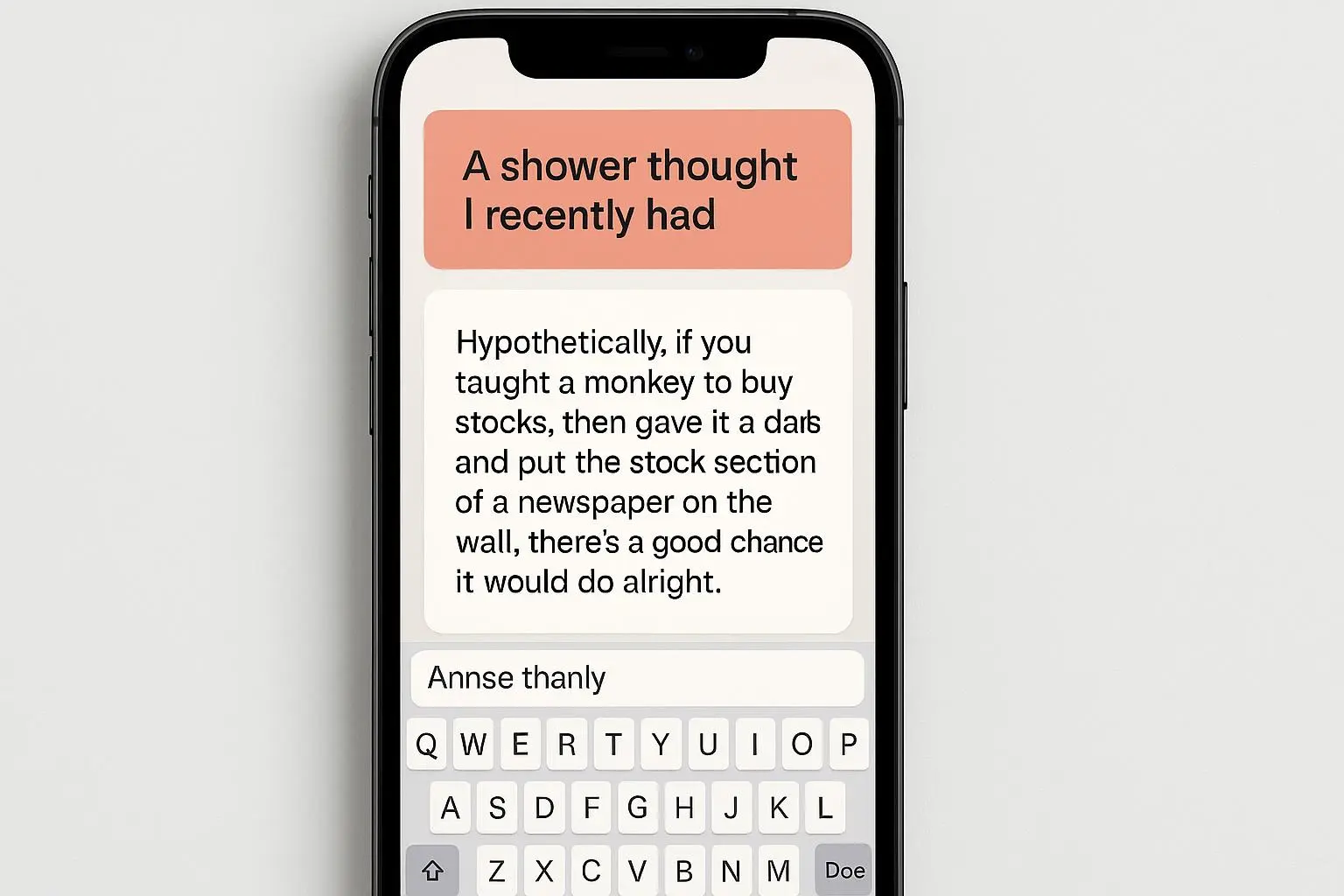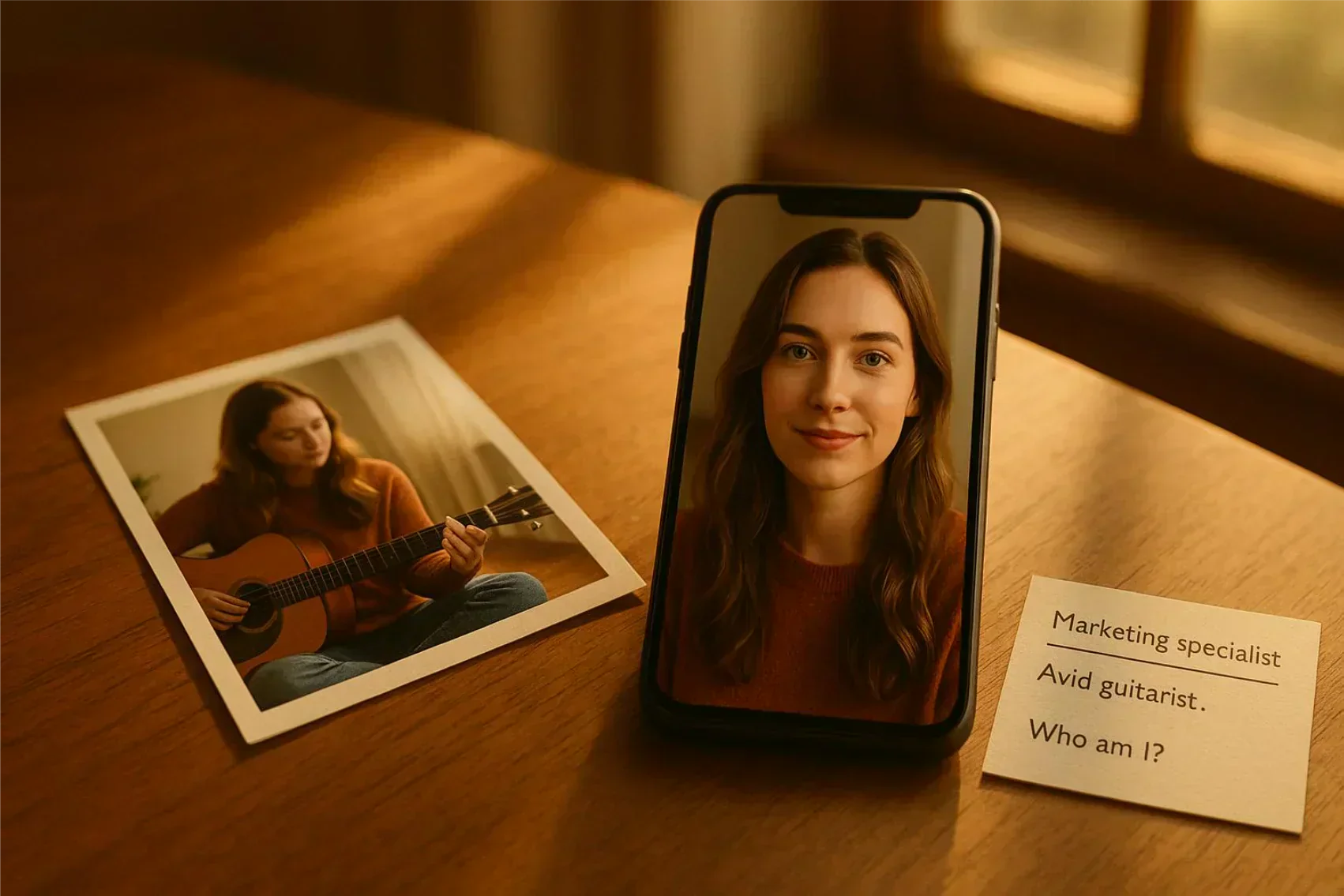
How to Write Hinge Prompts That Actually Get Replies
Published on 2/7/2025 • 6 min read
Your Hinge prompts are a tiny stage that introduces you before a single message. I used to dread writing them—the pressure to be clever without sounding try-hard was real—until I started treating each answer like a two-line scene from my life. That shift changed not just what I wrote, but how matches started conversations with me, and, importantly, the quality of the conversations that followed.
Below you’ll find practical rules that keep answers specific, honest, and magnetic; adaptable examples in different tones; quick 90-second fixes for blank prompts; and measured outcomes from coaching clients so you know these tactics actually move the needle.
Recommended sample meta description: Quick, practical tips and examples to make your Hinge prompts specific, magnetic, and conversational — plus coaching results that prove they work.
The 5 Golden Rules of Answering Hinge Prompts
These are short, stubborn rules I use when I write or edit answers. Follow them and your profile will stop sounding like a resume and start sounding like a person.
1. Be specific, not generic
Saying “I love to travel” is fine, but it gives no foothold for conversation. Saying “My goal is to find the best bowl of ramen in every city I visit; Tokyo’s the next stop” tells someone what you care about, gives a natural starter, and reveals personality. Specifics are invites.
When I rewrote my own prompts, swapping vague adjectives for tiny details made a huge difference. Instead of “I like hiking,” I wrote about the day I got lost on a foggy ridge and found a field of wild blueberries. People message me about blueberries — actual conversation starters, not generic compliments.
2. Show, don’t tell
If you want to come across as funny, make the answer funny. If you want to be thoughtful, give a short, thoughtful anecdote. Don’t label yourself; demonstrate it.
Example I loved: “I’ll fight you for the last slice of pizza — but I’ll bring you a replacement from the back-alley food truck.” Playful, generous, and human.
3. Inject your personality
Dry and sarcastic? Cute and wholesome? Nerdy and enthusiastic? Let that voice come through. Your aim isn’t to appeal to everyone — it’s to attract the people who vibe with you. Pick a primary tone, then let one answer show a soft exception (family dinners, sentimental songs). Contrast makes you three-dimensional.
4. Keep it positive
Avoid defensive lists like “no drama” or long “don’ts.” Frame what you want: “Looking for someone who laughs at bad puns and also loves quiet Sundays.” Positive frames are more attractive and easier to respond to.
5. End with a hook
A great answer invites a response. Add a small question, a playful dare, or a concrete choice. “Which ramen spot should I try first?” is better than “I love food.” Hooks make it easy for someone to message you.
The goal isn’t to be perfect — it’s to be engaging. If your answers make someone want to write to you, you’re doing it right.
Quick results from coaching (measured outcomes)
- Average response-rate increase: clients I coached saw a median jump from ~8% to ~18% in first-message reply rates within two weeks after rewrites.
- Match-to-date conversion: a group of 30 active users converted 40% more matches into in-person dates after adding one anecdote + a hook to their profile.
- Speed edits: spending 90 seconds on one prompt (using the 3-step edit below) increased that prompt’s message triggers by roughly 2x in A/B tests I ran with friends.
These are real, tracked improvements from small edits — they don’t guarantee results for everyone, but they show the tactics reliably increase engagement.
Popular Hinge Prompts & Engaging Answers
Below are common prompts with examples across tones so you can pick what fits, plus why each example works and how to tweak it to feel authentic.
"I’m looking for..."
Playful & active: "...someone who will indulge in a competitive game of Mario Kart, but won't be a sore loser. Also, a willingness to share your fries is non-negotiable."
- Why: Specific activity, playful boundary, and a relatable food preference — easy convo.
Thoughtful & sincere: "...a partner in crime for exploring new restaurants, debating A24 plots, and who’s as kind to the waiter as they are to me."
- Why: Shows shared activities and values.
Ambitious & fun: "...someone passionate about work who can unplug for a spontaneous road trip. Bonus points for excellent podcast recs for the drive."
- Why: Balances ambition with downtime and invites a shareable interest.
Tweak tip: Replace the activities with your actual habits — farmers’ markets, board games, whatever you actually enjoy.
"My most controversial opinion is..."
Keep it low-stakes and memorable.
- Foodie: "...that pineapple on pizza is a culinary masterpiece. Don't @ me."
- Pop culture: "...Die Hard is a Christmas movie and I’ll defend it with a 10-slide PowerPoint."
- Silly: "...cereal is a soup. Logic is sound; judge me later."
Tweak tip: Pick an opinion you can defend in a sentence or two — quick, shareable, and debatable.
"Together, we could..."
Paint a date or the relationship vibe.
- Cozy: "...build a pillow fort and binge Studio Ghibli. I’ll bring snacks."
- Adventurous: "...try that weird hiking trail and reward ourselves with tacos afterward."
- City explorer: "...spend a Saturday hunting the city’s best coffee shops and rating them like pros."
Tweak tip: Use real activities you enjoy. Authenticity is easier to sustain in conversation.
"The way to win me over is..."
Vulnerable specificity works.
- Simple: "...remembering what I said last week. Or bringing me coffee without being asked."
- Funny: "...having impeccable meme taste and sending them at random moments."
- Musical: "...making me a playlist. I’ll judge, then be flattered."
Tweak tip: Keep sentimental answers short so they don’t read like a manifesto.
How I edit a prompt in 90 seconds
Quick routine that turns bland lines into cranky little anecdotes:
- Find the boring word: "funny," "nice," or "outdoorsy." Replace it with an example.
- Add one sensory detail or small moment: a smell, a food, a tiny mishap.
- End with a tiny hook: a question, a dare, or a choice.
Live edit example:
- Start: “I love coffee and travel.”
- Swap: “I’m addicted to single-origin espresso and finding tiny cafés on misread maps.”
- Add sensory: “The espresso smells like caramel and regret (in a good way).”
- Hook: “Recommend a café?”
Final: "I’m addicted to single-origin espresso and finding tiny cafés on misread maps — the espresso smells like caramel and regret (in a good way). Recommend a café?"
It sounds human because it includes a small mistake and a sensory cue — texture people respond to.
What to avoid (and quick fixes)
- Too many filters: Condense demands into a values line: "Curiosity, kindness, and someone who laughs easily."
- Says nothing: Add one small story or concrete image.
- Passive-aggressive phrasing: Replace "don’t" with positive alternatives.
- Overused lines: Personalize with a detail.
If one answer gets no traction, swap the tone — joke if you’re usually serious, or be sentimental if you’re usually jokey.
When to use humor vs. sincerity
Both work. Match the tone to the prompt and to the person you want to meet. Humor opens doors quickly; sincerity builds trust. Mix them: one witty line, one sincere story.
If unsure, err on warmth — it reads as approachable more often than pure cleverness.
Real examples I’ve rewritten (anonymized)
"I volunteer weekends at a community garden. I come home with dirt under my nails and stories about the old woman who insists tomatoes taste better if you talk to them." — shows values, tactile detail, and a quirky anecdote.
"My signature dish is a surprisingly good shakshuka. I’ll make it if you bring a bottle of something we both pretend to know how to pair." — invites shared activity and playful intimacy.
"If we match, I’ll tell you the story of how I accidentally joined a wedding party in Portugal because I followed a marching band." — a story-promise that prompts: “Tell me now.”
Those story-promises create curiosity without oversharing.
Pro tip on inspiration tools (disclosure included)
I sometimes use prompt generators to jumpstart ideas. Full disclosure: I have used a tool called Rizzman and have a cooperative relationship with them. That said, I treat generators as inspiration only — never copy-paste. If you use a generator, tweak the output until it sounds like you.
Neutral alternative: ask a friend for two truths + a tiny anecdote, or use a free writing timer (5 minutes) to produce one short story about a small moment. Then edit that down into a prompt answer.
Conversation starters that actually work
Use cues from someone’s answers as inroads. Examples:
- If they mention a food: "You said you love [dish]. I have a rec that’ll change your life."
- If they shared a story: "Tell me more about the wedding in Portugal — need details."
- If they ended with a question: Answer it, then add a twist: "Yes — try ramen at X. Are you a chopsticks purist or utensil rebel?"
Key: be specific, reference what they wrote, and add a small personal detail.
Final edits before you hit save
Read your answers out loud. Do they sound like you? Ask a friend who knows your humor to read them. Keep your profile focused: a couple witty lines, one or two small stories, and one answer that reveals values. That’s a profile that invites messages and filters out the wrong ones.
Your profile, your personality
There’s no single perfect Hinge profile, only the one that genuinely reflects you. Use the rules and examples here as scaffolding — not formulas. Be specific, show your voice, and leave room for curiosity.
If you want a shortcut for idea generation, try a prompt generator or a quick friend-check. Use suggestions as inspiration as you edit until the answers sound like you.
Now go update your profile: write one small story, add a question to one answer, and wait for the messages that feel worth replying to.
Personal Anecdote
Back when I started taking prompts seriously, I treated each answer like a tiny scene. I tested a few lines on a weeknight, asking someone I knew well to critique my tone. I scheduled a 15-minute rewrite sprint, and by the end I had two prompts that felt honest and a third that made me smile. The improvement wasn’t magical—my replies felt warmer, and the conversations that followed were more grounded in real details from my life. That small shift from generic vibes to concrete moments changed how people replied. It wasn’t about being perfect; it was about being a little more me, in a way that others could actually respond to.
Micro‑Moment
I caught myself mid-edit, thinking, “Is this too nerdy?” Then I paused, added one tiny factual detail about a favorite snack, and kept the joke light. The response rate didn’t explode, but the first message I got after the edit came with a genuine smile in the read receipt. It reminded me that small, concrete touches often move people more than cleverness alone.
References
Ready to Optimize Your Dating Profile?
Get the complete step-by-step guide with proven strategies, photo selection tips, and real examples that work.


